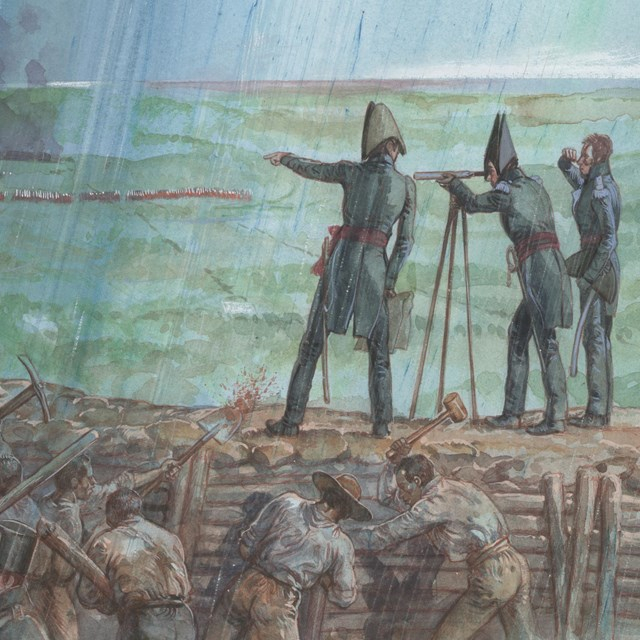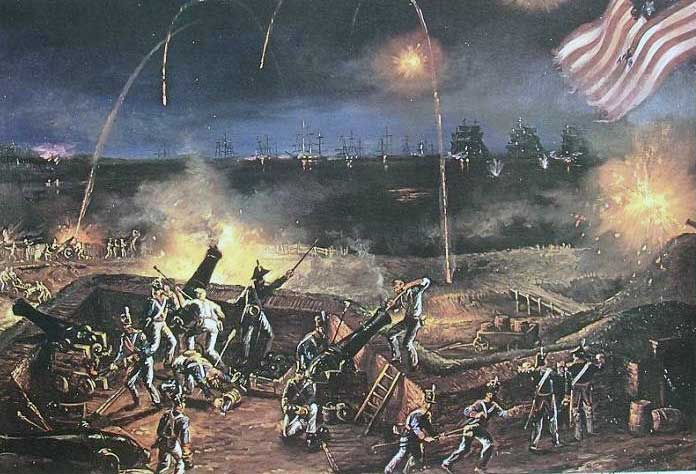The Battle of Baltimore was composed of three parts
The battle of Baltimore was divided into three phases: the bombardment of Fort McHenry by the British navy in the harbor, action at Hampstead Hill, and the Battle of North Point, five miles to the east of the city.
British Maj. Gen. Robert Ross turned north to Baltimore after the British routed American forces at the Battle of Bladensburg and destroyed the nation's capital. The 3,000 Maryland militiamen led by Gen. George Washington provided opposition to British forces on the opening day, September 12, 1814. John Stricker wanted to hold off the British troops long enough for Baltimore's defenses to be finished. Ross and the rest of the bigger British force would suffer significant losses at the hands of Stricker and his troops. The Americans were eventually compelled to retreat inside Baltimore though. The British stormed Hampstead Hill the following day, on September 13. The British commanders opted against launching a frontal assault on the defenses because this hurriedly built redoubt was much stronger than they had anticipated. Instead, the British fleet started its attack on Fort McHenry early on September 14 and continued for more than 25 hours. The additional fortifications caused very minor damage to the fort, and the British quickly left as it became evident that the Marylanders would not give in.







